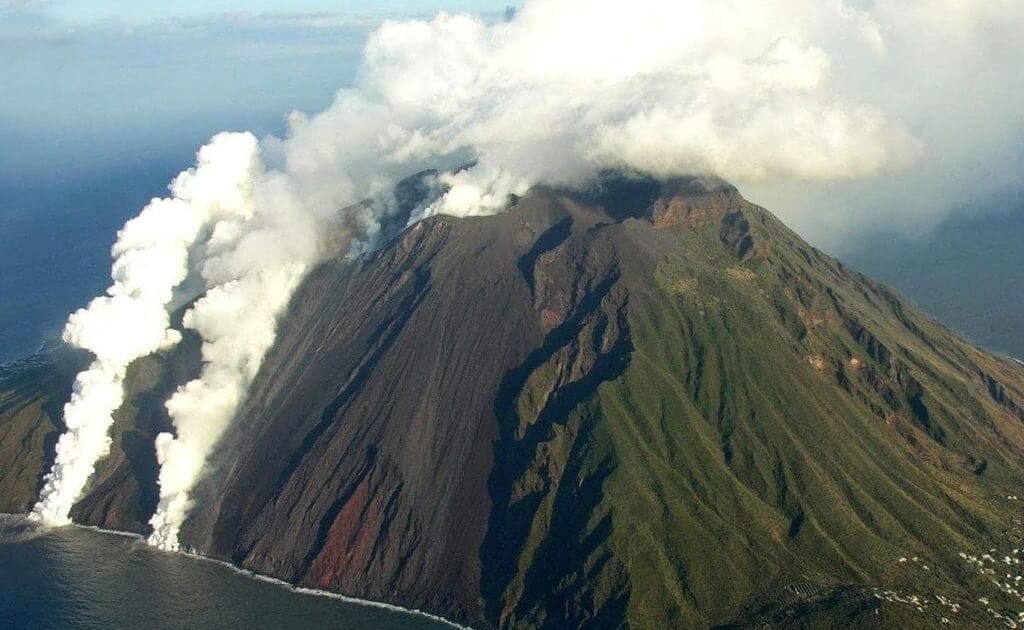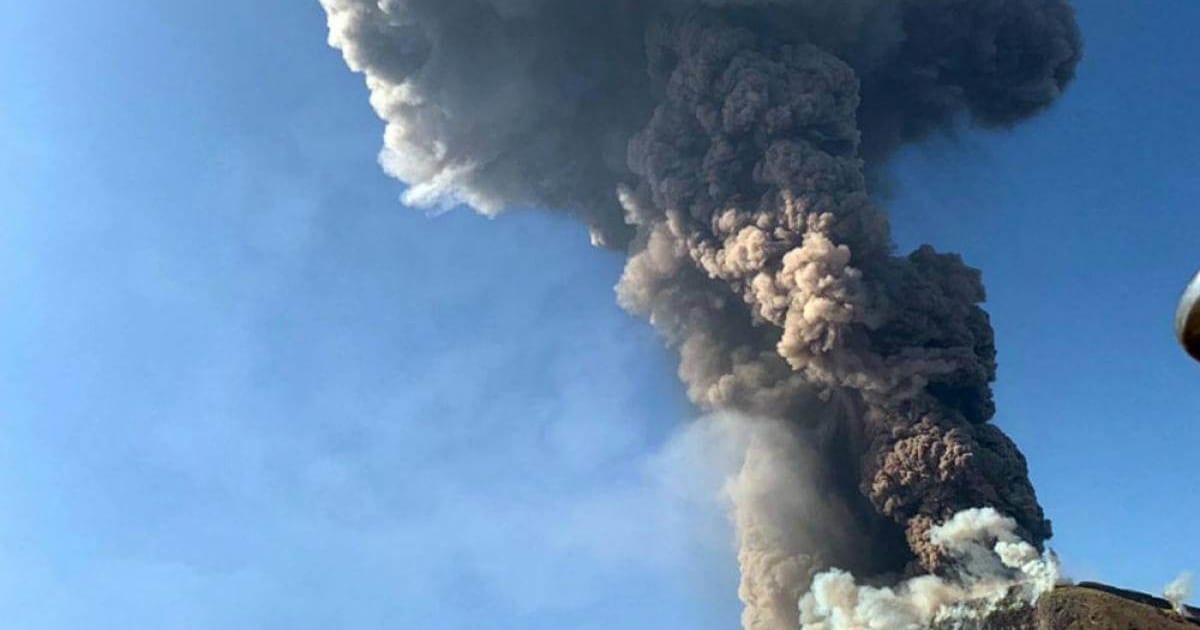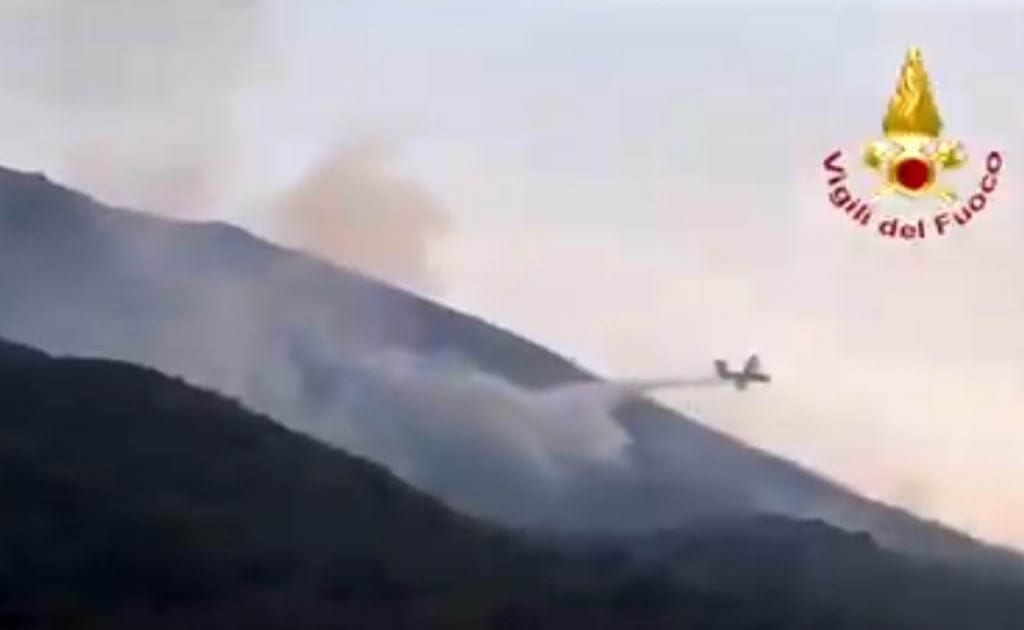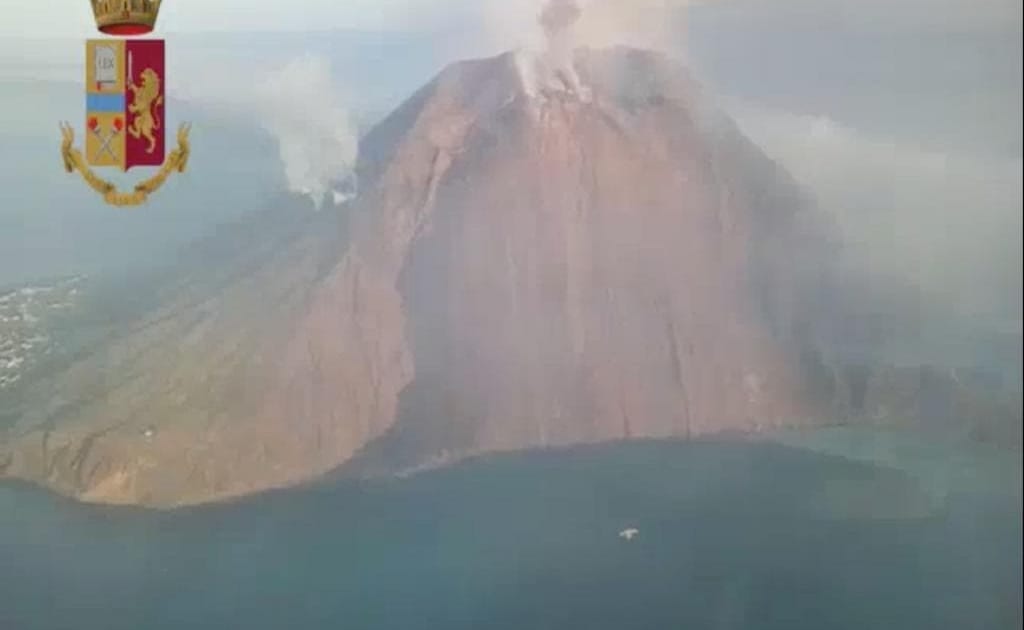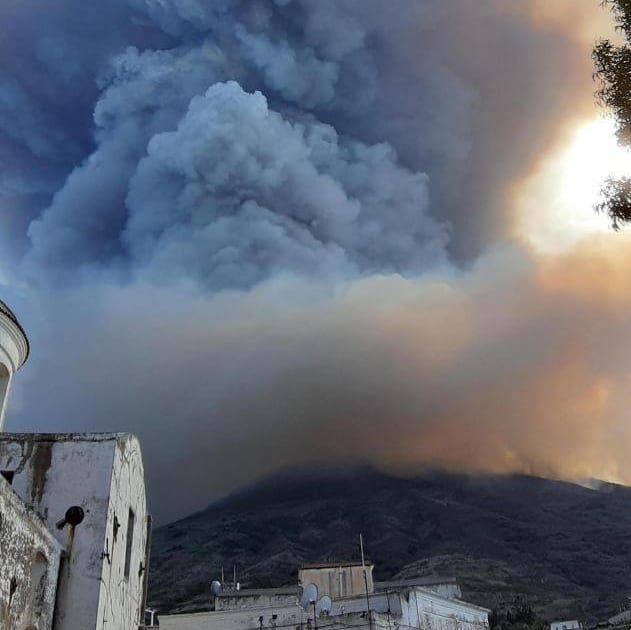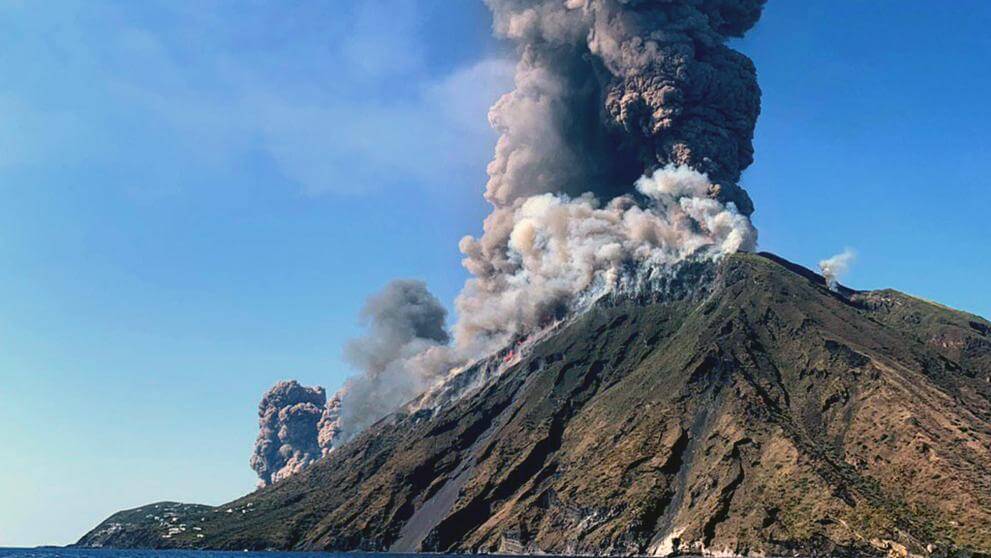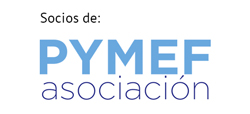The volcano on the island of Stromboli, located in the Aeolian archipelago north of Sicily, explores a series of violent explosions that expelled lava and rock to the outside world.
Stromboli, in northern Sicily, is one of the few remaining active volcanoes on the old continent. The type of explosion, typical of the volcano, is known in volcanology as a “Strombolian eruption”. These are explosive eruptions separated by periods of calm, of a variable extent and with violent emissions of flaming nozzles that move very quickly, devastating everything in their path.
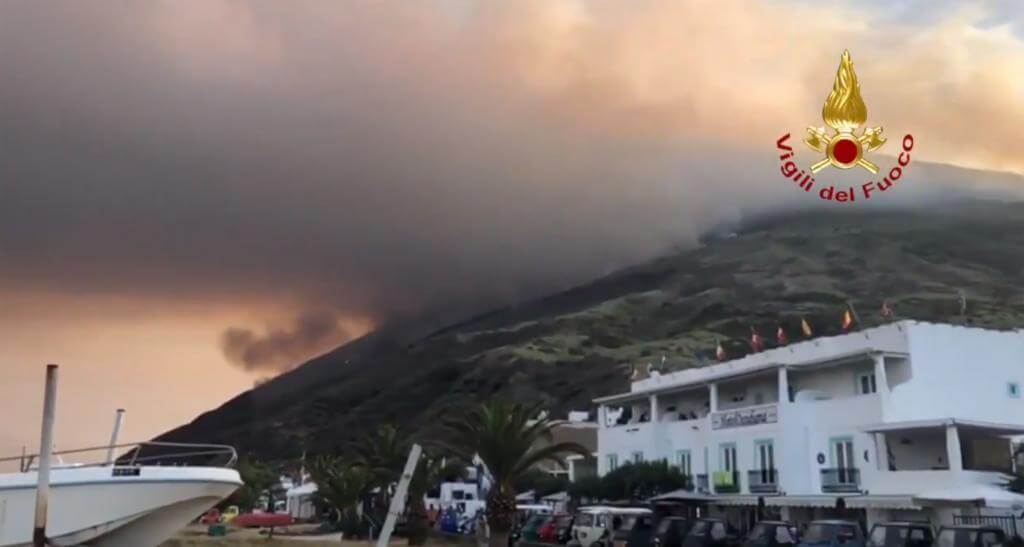
Yesterday, at around 5.15pm local time, about 100 people visiting the island at the time saw a large column of white smoke and rivers of lava, which reached a height of 927 metres, plus the 3,000 metres of the volcano’s mouth. The explosion caused panic, and some people jumped into the sea to avoid the falling rocks and lava.
Only two and a half hours earlier, at 2.44pm, the National Institute of Geophysics and Volcanology (INGV) recorded lava spills and several explosions. They said the explosions were the strongest recorded since 1985, the earliest date for which data is available. The eruption caused “about 20 minor explosive events” as well as tremors. The official agency said the seismic signal was decreasing.
The volcano’s emissions became darker, indicating a higher level of ash, which could cause respiratory problems, eye and skin irritation due to its high acid content, reports the Rabaul Volcano Observatory.

Search
VOLCANO ACTIVE FOUNDATION
VOLCANO ACTIVE FOUNDATION RESPONSABILITY
nº 2195 authorised by the Madrid's Minister of Justice
NIF G67314625
SF Abocados Francesc Macia 7 pl17
08029 Barcelona, Spain

